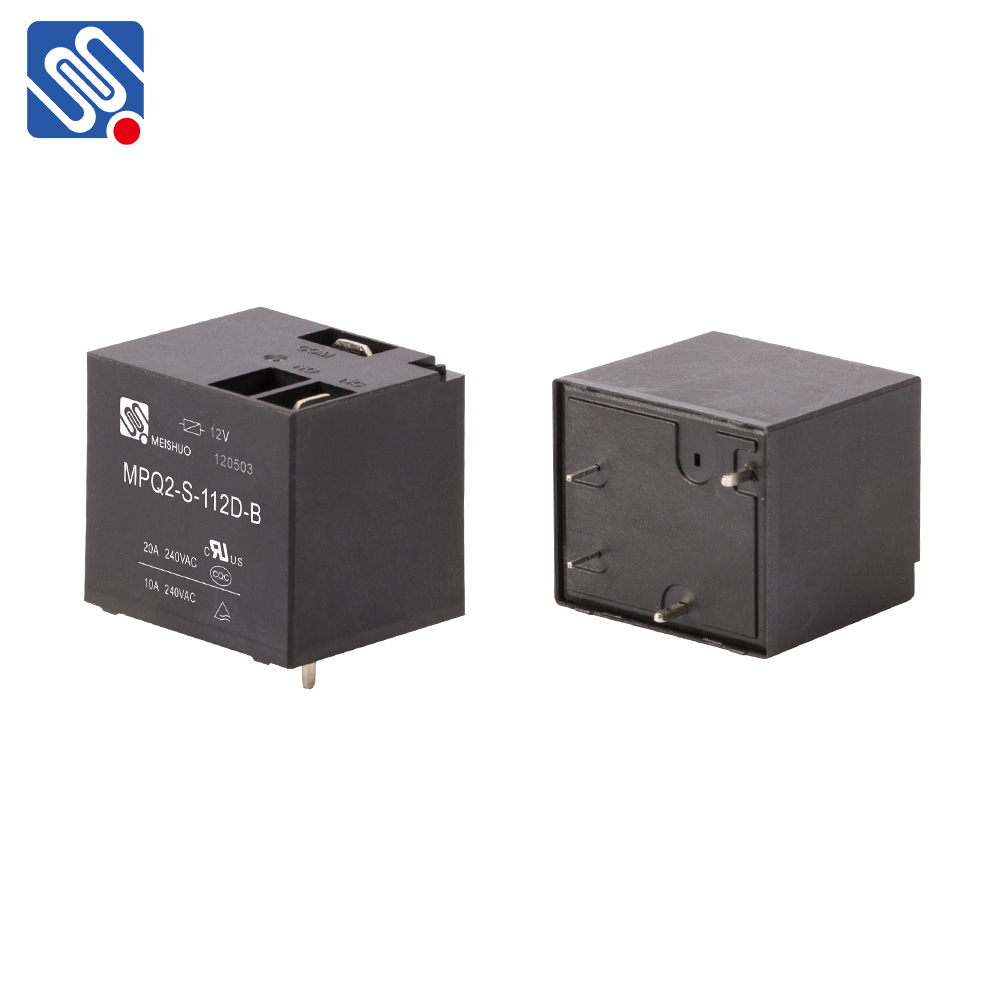Relays are essential components in electrical and electronic systems, allowing users to control high-power circuits using low-power signals. Among various types of relays, the 12V 30A relay is one of the most popular and widely used in automotive, industrial, and automation applications. This article explores the technical specifications, working principles, applications, and benefits of the 12V 30A relay, shedding light on why it’s a vital part of many electrical setups.

What is a 12V 30A Relay? A relay is an electrically operated switch that uses an electromagnet to control the opening and closing of a circuit. The 12V 30A relay is specifically designed to operate with a 12V DC control voltage and can handle loads up to 30A on the switched side. This means that it can control high-power devices, such as motors, lights, or electric heaters, by using a low-voltage signal, typically from a microcontroller or automotive system. Technical Specifications
The 12V 30A relay operates with a 12V DC voltage at the coil (electromagnetic) side and has a maximum current rating of 30A for the switched side. This allows it to control circuits requiring substantial current without needing high-power switches or complex circuitry.